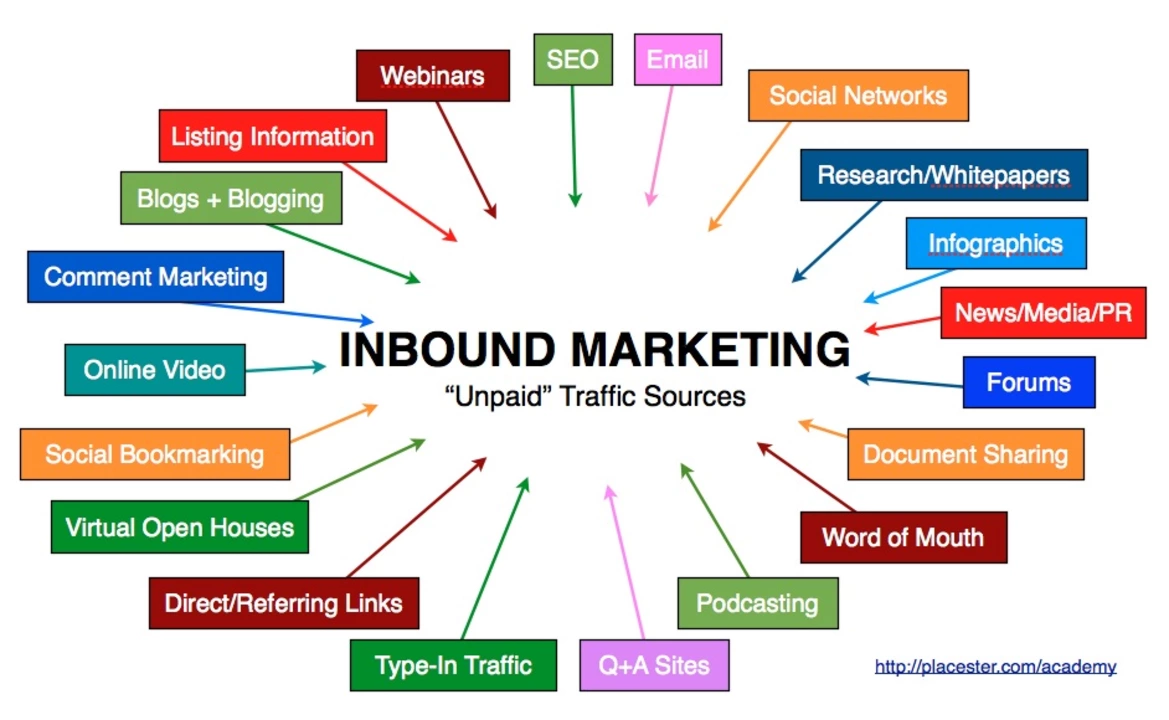Inbound Marketing Strategies to Supercharge Your Website
Want more people to find your site and become customers? You don’t need a magic wand—just a set of proven inbound marketing moves. Below are the steps that work right now, broken into bite‑size actions you can start today.
Create Content That Answers Real Questions
The first thing visitors look for is useful information. Write blog posts, guides, or videos that solve a problem your audience faces. Use the exact words they type into Google—think of phrases like "how to improve website traffic" or "best SEO tips for small business". Each piece should be at least 800 words, include clear headings, and finish with a simple call to action, like signing up for a newsletter.
Don’t just dump keywords. Focus on answering the question fully so readers stay on the page longer. Longer dwell time tells search engines your content is valuable, which improves rankings.
Optimize Your Site for Search Engines
Technical SEO matters as much as the content you write. Start with a clean URL structure—short, descriptive, and using hyphens. Add a unique meta title and description for every page, keeping the primary keyword near the beginning.
Speed is a ranking factor too. Compress images, enable browser caching, and use a reliable host. Test your page with tools like Google PageSpeed Insights and fix any red warnings.
Make sure your site looks good on phones. Google favors mobile‑friendly sites, and most users browse on their phones these days. A responsive design that loads quickly on a small screen can boost both traffic and conversions.
Leverage Social Media to Amplify Reach
When you publish a new article, share it on the platforms where your audience hangs out—LinkedIn for B2B, Instagram or Facebook for consumer products. Use a catchy image and a short teaser that sparks curiosity.
Engage with comments and messages promptly. The more interaction you get, the more likely the post will appear in others’ feeds, driving additional visitors back to your site.
Turn Visitors into Leads with Email Capture
Give readers something valuable in exchange for their email address—an e‑book, checklist, or a free template. Place the signup form above the fold and also at the end of each article.
Once you have an address, nurture the lead with a short welcome series. Offer more tips, highlight popular products, and end with a clear, low‑friction offer like a discount or a free trial.
Track, Test, and Tweak
Use Google Analytics and a heat‑map tool to see which pages keep visitors and which make them leave. Set up goals for newsletter sign‑ups or contact form submissions.
Run A/B tests on headlines, button colors, and form placements. Even a tiny change—like moving a call‑to‑action button higher on the page—can boost conversions by double digits.
Inbound marketing isn’t a one‑time setup; it’s a cycle of creating value, optimizing for discovery, and nurturing relationships. Follow these steps, measure the results, and keep refining. Your website will start attracting the right people, and you’ll see more leads without spending a fortune on ads.
- Dustin Chamberlain
- 0
What can I do to my website to improve inbound marketing?
Improving inbound marketing for my website is essential to attract more visitors and increase conversions. To achieve this, I can focus on creating high-quality, valuable content that addresses the needs of my target audience. Additionally, optimizing my website for SEO will help improve its visibility in search engine results. Implementing a strong social media strategy can also boost engagement and drive more traffic to my site. Lastly, utilizing email marketing and lead nurturing campaigns can help turn potential leads into loyal customers.
Read more